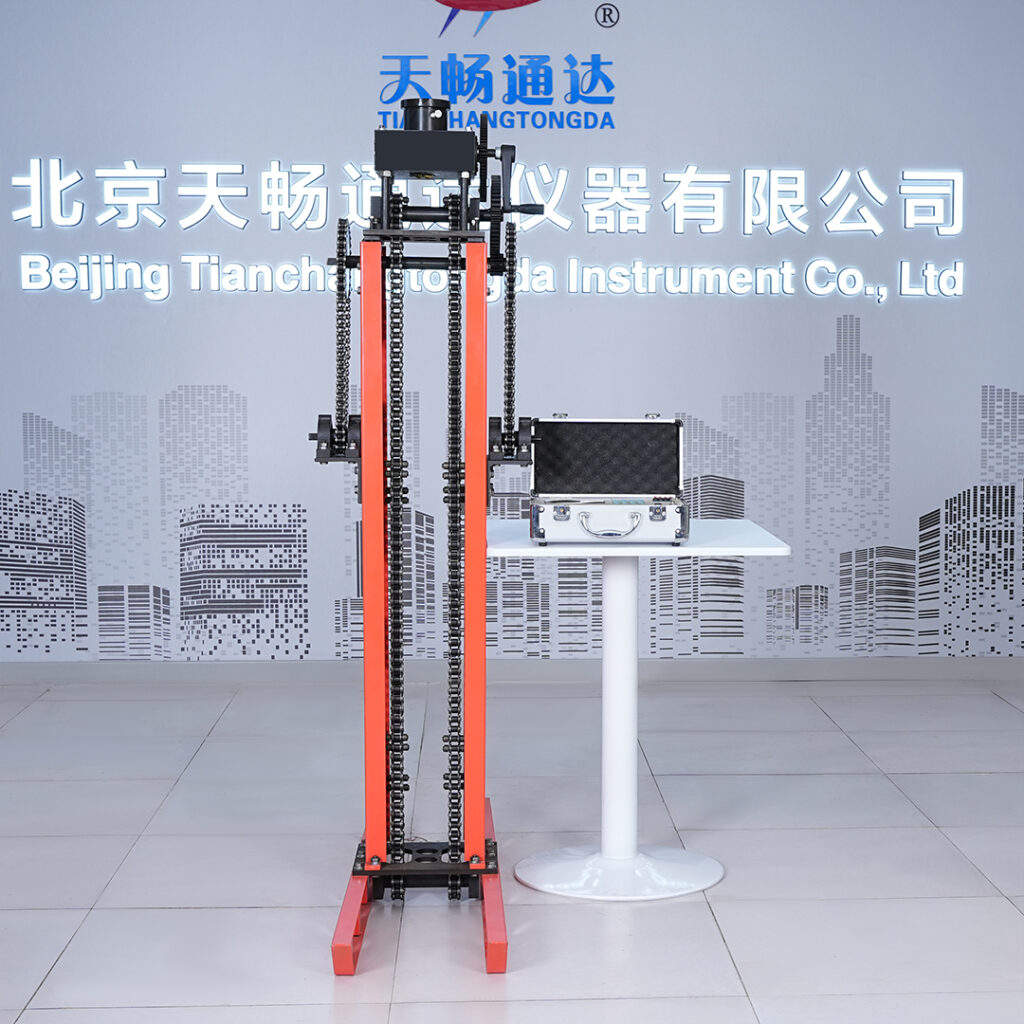The Static Cone Penetrometer (SCPT) is one of the most reliable tools for conducting in-situ soil strength evaluation. However, even a high-precision device can yield poor results if misused. Engineers, technicians, and contractors often make preventable mistakes during testing that lead to inaccurate data, misinterpretation, and sometimes project delays or failures.
In this article, we’ll identify the most common errors users make when operating a static cone penetrometer—and offer practical strategies for avoiding them. Whether you’re new to geotechnical testing or looking to optimize your process, these tips will help you maintain precision and consistency in every test.
🔍 Mistake 1: Improper Probe Insertion Technique
Issue:
Applying uneven force or inserting the probe at inconsistent speeds distorts soil resistance readings. Some operators rush the process or unintentionally vary insertion rates during field work.
How to Avoid It:
Maintain a steady insertion rate of 10 mm/s throughout the test.
Ensure the probe is perfectly vertical to prevent off-axis loading.
Use equipment with high-sensitivity sensors and real-time monitoring, such as our Static Cone Penetrometer, which alerts the user to irregular motion.
⚠️ Mistake 2: Skipping Calibration and Zeroing
Issue:
Neglecting to calibrate the sensor or zero the device before testing leads to biased data and false resistance values.
How to Avoid It:
- Always perform zero-point calibration before each test.
- Run a sensor self-check to confirm that data output is accurate.
- Choose a model with independent A/D conversion (like ours, with 1/20000 resolution and ±0.1% accuracy) for reliable results.
🧱 Mistake 3: Using the Wrong Probe for Soil Type
Issue:
Operators often use a single probe type for all soil conditions, regardless of whether they’re testing clay, silt, or compacted sand. This leads to poor soil differentiation.
How to Avoid It:
- Select probes suited to the soil profile:
- Double-bridge cone for soft to medium clay
- Pore pressure cone for saturated layers
- Cross-plate probes for shear strength evaluations
✅ Our penetrometer supports multiple probe types, making it ideal for diverse project needs. See full probe options here.
🔌 Mistake 4: Incomplete Data Logging or Manual Recording Errors
Issue:
Manually recording readings at each depth increases the risk of transcription errors, missing intervals, or time delays that corrupt data continuity.
How to Avoid It:
- Use penetrometers with real-time data logging and digital display.
- Our model features a 240×128 LCD screen with live test data for up to 10 depth points simultaneously.
- Internal memory stores over 10 test sessions and supports USB/RS232 data export.
📲 Want to see how the data display works in practice? Chat with us directly on WhatsApp.
🔋 Mistake 5: Equipment Power Failure Mid-Test
Issue:
Low battery or unstable power can shut down a test mid-session, forcing rework and introducing data inconsistencies.
How to Avoid It:
- Always check battery level before testing.
- Use models with extended battery life. Ours runs for 50+ hours, supports 400+ recharge cycles, and comes with a power-saving mode.
🧪 Mistake 6: Inadequate Depth Coverage
Issue:
Stopping a test too early may miss critical soil layers, especially when the site has layered or variable stratigraphy.
How to Avoid It:
- Plan testing depth according to building design or project specs.
- Our Static Cone Penetrometer allows for depths of up to 20 meters, with precise data sampling every 10 cm.
🛑 Mistake 7: Ignoring Environmental Variables
Issue:
Failing to account for water tables, temperature fluctuations, or equipment response time in wet soil conditions leads to inaccurate pore pressure or resistance readings.
How to Avoid It:
- Use pore pressure cone probes in saturated soil.
- Record weather and environmental conditions during testing.
- Avoid testing during or immediately after heavy rainfall unless required.
📌 Summary of Common Errors and Fixes
| Mistake | Prevention |
|---|---|
| Inconsistent penetration rate | Maintain 10 mm/s constant rate |
| Skipping calibration | Zero before each test |
| Wrong probe usage | Match probe to soil type |
| Manual recording | Use auto-logging screen |
| Power failure | Use high-capacity battery |
| Shallow tests | Extend test to 20m when needed |
| Ignoring site variables | Note environment, use right probe |
🔧 Built-in Safeguards in Our Static Cone Penetrometer
Our model is specifically engineered to help operators avoid these pitfalls with features like:
- High-accuracy A/D system (1/20000 resolution)
- Real-time data for up to 10 depths
- Multi-probe compatibility
- Compact 0.5kg host with full enclosure design
- USB & RS232 interface for data transfer
- Internal rechargeable battery (50+ hour runtime)
🏗️ Who Needs This Device?
- Geotechnical investigation firms
- Civil engineering consultants
- Construction quality inspectors
- Soil mechanics researchers
- Highway and bridge construction teams
If your projects rely on accurate, real-time soil profiling, mistakes are too costly to ignore. Investing in the right equipment reduces error risk and improves field efficiency.
📞 Want a Quote or Technical Consultation?
We help professionals around the world get the right tools for their site testing jobs.
✅ Product page: Static Cone Penetrometer
📲 One-click contact: Chat via WhatsApp
🌍 Explore more: Visit our homepage
Your test is only as accurate as the method behind it.
Avoid the common errors. Equip your team with tools that are built to prevent failure.
